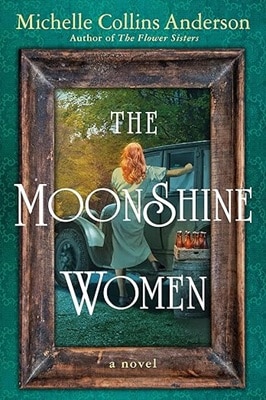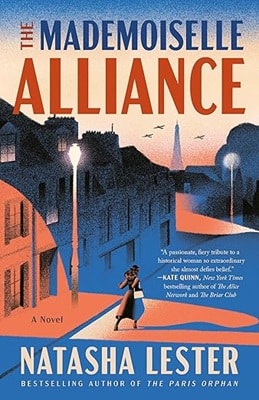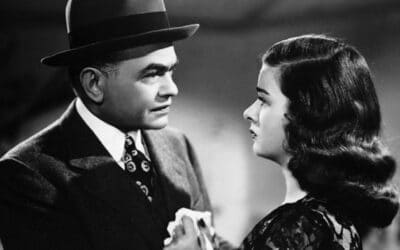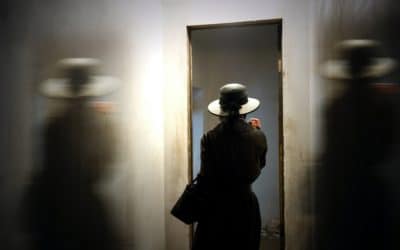Book Review
The Last Assignment
The Last Assignment brings to light a trailblazing woman photojournalist known for her work as a war correspondent from World War II through the Vietnam War—Georgette Meyer Chapelle, known professionally as Dickey Chapelle. She worked for major periodicals and captured the raw, human side of war with remarkable clarity.
The story begins with her failing marriage and the backstories of how she lost her previous job and struggled to return to the work she loved most.
The pace quickens when she convinces her boss, Leo Cherne of Life and the IRC, to send her to Hungary to cover the 1956 uprising. In Vienna, she meets with Dr. Faust to expedite the delivery of antibiotics for refugees, even as the window for safe passage closes rapidly.
Leo warns her not to cross the Hungarian border illegally—something she’s notorious for doing—and reminds her to report to RIA in New York on December 10 for debriefing. As other war correspondents begin to leave, having gathered enough material, Dickey cannot understand how that could possibly be enough.
Posing as part of a humanitarian mission, she throws herself into the rescue efforts, often caring more about others than her own safety. Her courage is chilling at times—brought to life through gripping writing that creates intense, suspenseful moments.
On December 5, Dickey is reported to have crossed the border illegally and is arrested.
Upon her return to the United States—having missed her assigned debrief date—she finds a new job at Reader’s Digest. Their next assignment takes her to Cuba, where she covers the rebels in the Sierra Maestra. There, she witnesses the revolution of Fidel Castro and Che Guevara against Batista’s regime.
By photographing the people’s struggle and getting to know some of the fighters—including children—she begins to understand why so many are willing to risk their lives. When oppression is all you’ve ever known, it can feel like you have nothing to lose.
Fidel Castro’s victory over Batista is short-lived in her eyes. On a return visit, she witnesses growing anti-American sentiment. Once embraced in Cuba, she now finds herself treated as an outcast.
In 1961, her piece on Laos—where she once again risked her life—is rejected by Reader’s Digest for being too critical of the government. She refuses to soften the truth, and as a result, her relationship with the publication continues to deteriorate.
After completing various assignments, her heart remains in South Vietnam, where she returns for her final mission.
The character development of this real-life heroine shines through as she treks through war zones, constantly placing herself in danger. Her story highlights the unspoken bond and mutual understanding among war correspondents who feel deeply called to their work.
The book portrays the camaraderie of combat zones realistically: relying on one another, savoring every meal, drink, and sunrise as if it might be the last.
The historical backdrop is vividly rendered—often revealed through action or dialogue—making for an engaging and fast-paced read. The book touches on many fascinating facets of history, including the personal drive of a woman determined to pursue her calling in a male-dominated field.
The Last Assignment is an engrossing and powerful account of a pioneering woman in journalism who risked everything—her life and her career—to uncover the truth. Through her photojournalism, she created “a quilt of pictures. A legacy. A requiem.”
More Historical Suspense
advertisement
Historical Suspense Features
Mysteries Set in the 1940s
This tumultuous decade served as a fertile ground for mysteries
Is it Historical Fiction?
How long ago does history start?
History with a Side of Murder
The rules that shape a historical mystery










